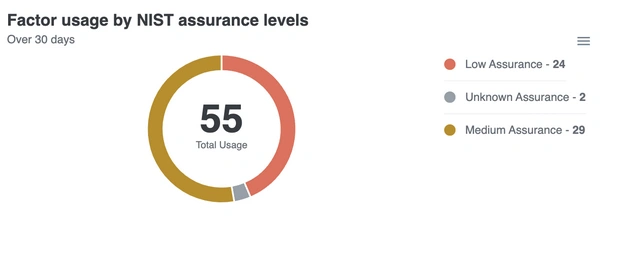Most people understand that Multi-Factor Authentication (MFA) is important. Among the myriad of security measures, MFA stands out as a crucial control to safeguard sensitive information and prevent breaches. Despite its effectiveness, many organisations still face challenges in achieving comprehensive MFA adoption across their entire user base and applications.
The Role of MFA in Preventing Breaches
MFA significantly reduces the risk of unauthorized access by requiring users to provide multiple forms of verification. According to Microsoft, enabling MFA can block over 99.9% of account compromise attacks. This statistic underscores the vital role MFA plays in an organization’s security posture, making it an essential component in the fight against cyber threats.
The Need for Comprehensive MFA Coverage
Partial MFA deployment is akin to locking every door to your house – except one. If there’s a door open, attackers will find it – it’s just much easier to waltz in an unlocked door! Organizations that roll out MFA only to select users or applications inadvertently create vulnerable points. To secure the organization more fully, it is imperative to extend MFA coverage universally, ensuring no aspect of the system remains exposed.
The Importance of Strong MFA
Not all MFA methods provide the same level of security. Basic forms like SMS-based MFA are susceptible to SIM swap attacks and push-based MFA can fall victim to push bombing. Hence, organisations are advised to adopt phishing-resistant MFA options, such as Passwordless or FIDO2-based options. Don’t just take our word for it, phishing-resistant MFA is consistently and repeatedly recommended by the Cybersecurity & Infrastructure Security Agency (CISA). Research also indicates that as attackers become more sophisticated, they are increasingly able to bypass traditional MFA mechanisms, highlighting the need for stronger, more resilient authentication methods.
Introducing: MFA Adoption Dashboard
To help organisations maximise their MFA effectiveness, Duo’s Identity Intelligence functionality is introducing a pivotal tool: the MFA Adoption Dashboard. It synthesises complex data into actionable insights, addressing the common challenges of MFA deployment:

1. MFA Hygiene and Threats: Prioritize key areas for improvement by identifying critical gaps and behaviors that may compromise security.

2. Factor Usage and Enrollment: Analyse enrollment versus actual usage to ensure MFA factors are not just installed but actively protect against breaches.

3. Passwordless Adoption: Highlight progress and areas needing attention in the transition to passwordless authentication.
These insights empower organisations to refine their MFA strategies, fortify their defenses, and maintain transparency with stakeholders through easy-to-understand reports and visualisations.
Achieving Comprehensive MFA Coverage
In conclusion, widespread and strong MFA adoption is a critical element in securing an organisation’s digital assets. By leveraging tools like the MFA Adoption Dashboard, organisations can gain a comprehensive understanding of their MFA posture and take actionable steps to enhance both coverage and strength. As cyber threats continue to evolve, it is essential for organisations to remain vigilant and proactive in their MFA implementation strategies, ensuring robust protection against potential breaches.
Contact us today for a demo.
No responses yet